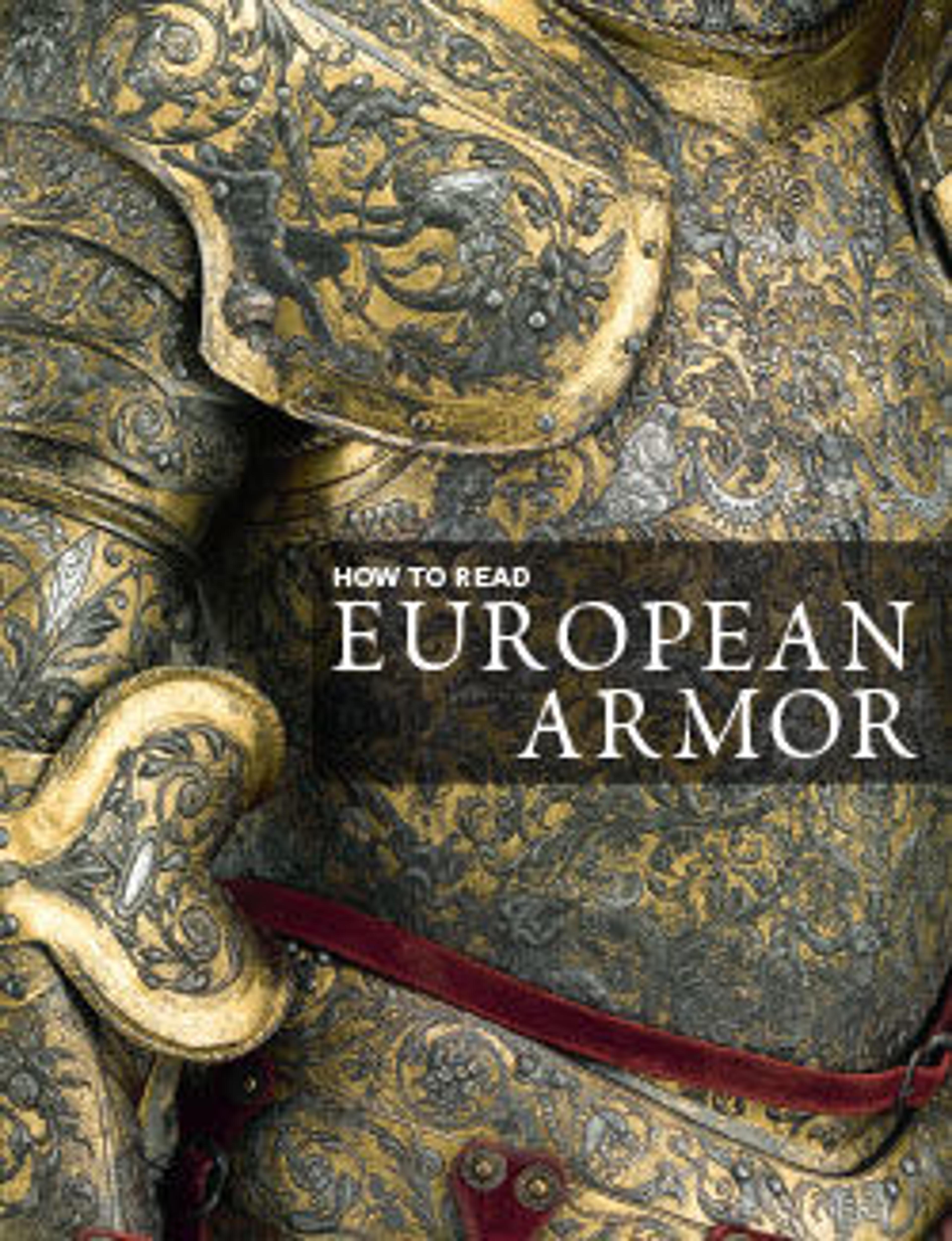Horse Armor Made for Johann Ernst, Duke of Saxony-Coburg (1521–1553)
Kunz Lochner was one of the few Nuremberg armorers of the mid-sixteenth century to achieve an international reputation. His patrons included the Holy Roman Emperor, the dukes of Saxony, and the king of Poland. This horse armor bears only the Nuremberg mark but can be attributed to Lochner on stylistic grounds. The elaborately embossed and etched decoration of the peytral (chest defense) includes an abbreviated inscription that may be interpreted: 1548 K[rist] I[ch] T[rau] G[anz] V[nd] G[ar] H[ans] E[rnst] H[erzog] Z[u] Sachsen (1548 In Christ I trust wholly, Hans [Johann] Ernst, Duke of Saxony). Duke Johann Ernst (1521–1553) may have commissioned the horse armor for his attendance at the Diet of Augsburg, a political assembly of the German nobility called in 1548 by Charles V to deal with the crisis of the Reformation.
The associated man's armor also in the Metropolitan Museum's collection (acc. no. 29.151.2) bears the mark of Nuremberg; Lochner's personal mark, a rampant lion; and the date 1548. The armor was originally part of a small garniture that included exchange elements for field and tournament use. Restorations include the cuirass and the gauntlets.
The associated man's armor also in the Metropolitan Museum's collection (acc. no. 29.151.2) bears the mark of Nuremberg; Lochner's personal mark, a rampant lion; and the date 1548. The armor was originally part of a small garniture that included exchange elements for field and tournament use. Restorations include the cuirass and the gauntlets.
Artwork Details
- Title:Horse Armor Made for Johann Ernst, Duke of Saxony-Coburg (1521–1553)
- Armorer:Kunz Lochner (German, Nuremberg, 1510–1567)
- Date:dated 1548
- Geography:Nuremberg
- Culture:German, Nuremberg
- Medium:Steel, leather, copper alloy, textile
- Dimensions:Horse armor (a–h): Wt. 60 lb. 9 oz. (27.5 kg); Wt. including saddle approx. 92 lb.(41.73 kg); shaffron (a): Wt. 5 lb. 13 oz. (2637 g); crinet (b): Wt. 11 lb. 1 oz. (5018 g); central peytral plate (c): Wt. 3 lb. 12 oz. (1701 g); right peytral plate (d): Wt. 3 lb. 15 oz. (1786 g); left peytral plate (e): Wt. 3 lb. 7 oz. (1559 g); crupper (f): Wt. 27 lb. 8 oz. (12.47 kg); right flanchard (g): Wt. 2 lb. 8 oz. (1134 g); left flanchard (h): Wt. 2 lb. 9 oz. (1162 g); saddle (i–n): Wt. 28 lb. 14 oz. (13.1 kg); bit: H. 6 in (15.2 cm); W. 11 in (27.9 cm)
- Classification:Armor for Horse
- Credit Line:Rogers Fund, 1932
- Object Number:32.69a–q
- Curatorial Department: Arms and Armor
More Artwork
Research Resources
The Met provides unparalleled resources for research and welcomes an international community of students and scholars. The Met's Open Access API is where creators and researchers can connect to the The Met collection. Open Access data and public domain images are available for unrestricted commercial and noncommercial use without permission or fee.
To request images under copyright and other restrictions, please use this Image Request form.
Feedback
We continue to research and examine historical and cultural context for objects in The Met collection. If you have comments or questions about this object record, please contact us using the form below. The Museum looks forward to receiving your comments.
